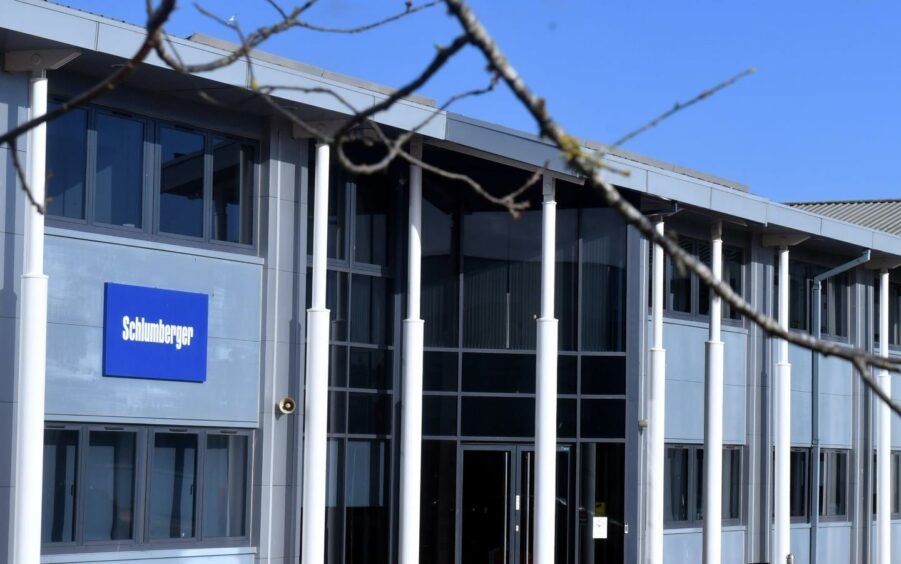 © Supplied by AJL
© Supplied by AJL Schlumberger (NYSE:SLB) reported pre-tax profits of $907 million for Q3 2022, a 64% improvement on the same period last year and its highest quarterly result since 2015.
Revenue at the oilfield services heavyweight also rose on last year and the previous quarter, reaching $7.4 billion, while adjusted EDITDA rose to $1.75 bn.
The solid performance saw earnings of $0.63 per share, reportedly beating analyst expectations of $0.55 per share, Refinitiv IBES said.
Schlumberger chief executive Olivier Le Peuch said: “The second half of the year is off to a great start with strong third-quarter results that reflect the acceleration of international momentum and solid execution across our divisions and areas.”
Mr Le Peuch said the growth in revenue had been led by the company’s well construction and production systems units on the back of rising global activity, most notably in the offshore and international markets.
Geographically, revenues were led by Middle East and Asian operations, with major awards highlighted from QatarEnergy and Abu Dhabi National Oil Company (ADNOC).
“While concerns remain over the broader economic climate, the energy industry fundamentals continue to be very constructive,” he added.
“Against the backdrop of the energy crisis and limited spare global capacity, the world faces an urgent need for increased investment to rebalance markets, create supply redundancies, and rebuild spare capacity. All of these are exacerbated by geopolitics and increasing instances of supply disruptions.
“These dynamics and the urgency to restore balance are resulting in a supply-led upcycle, characterized by the decoupling of upstream investment from near-term demand volatility. Furthermore, the need for sustained investments is reinforced by the long-term demand trajectory through the end of the decade and by OPEC+ decisions that are keeping commodity prices at supportive levels.”
He also noted that the group was seeing “a significant commitment” from industry to decarbonise oil and gas, as E&P operators look to deploy capital and adopt new technologies, including digital, to reduce their emissions – which would also benefit prospects for its performance.
“Taken together, we expect these constructive fundamentals and secular trends to support multiple years of growth,” he said.
“Recent regulatory decisions and incentives reinforce our view of this compelling investment outlook and our strategic direction. We are prepared to apply our technology, global scale, and industrialization capabilities to lead in this energy landscape and deliver outstanding value for our customers and shareholders.”
In that vein, the company also pointed to its mooted subsea production joint venture, which would see it merge its subsea business with that of Aker Solutions merger their subsea businesses, while Subsea 7 would join the new unit as an equity partner.
The deal is still expected to close by mid-2023.
